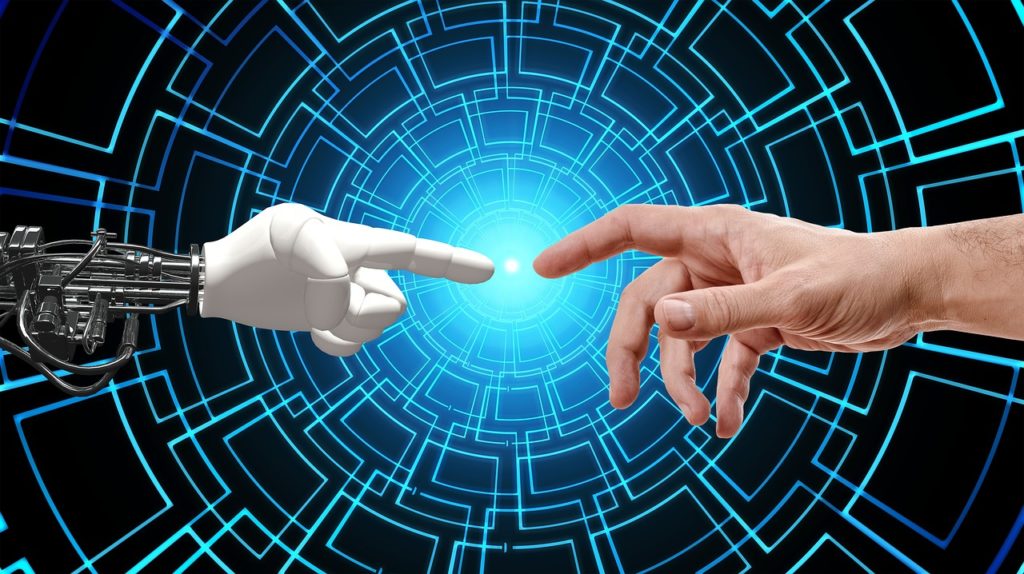Our Mysterious Fingers that Do More Than Grabbing

Life has taught humans that no part of our body develops accidentally except when born with deformation (i.e., when we are born with extra digits of fingers).
Humans and animals delivered with extra toes or fingers are called Polydactylism or Congenial Disorder. (An abnormality, defect that occurs during the human’s body development).
More commonly found in populations like the Amish due to inter-marriages within close families.
Interestingly, no matter how little that member is, each part of our body has a specific function to perform. One doesn’t need to be a palm reader to acknowledge that nature often communicates with us. And it has done so in different ways and manners from time immemorial.
The Many Advantages When We Learn the Lingo of Life
In this case, nature transmits a specific message through our human fingers in a manner we may not easily imagine.
The most common means of communication with us may take the form of signs or intuition, numbers, dreams, and weather, to mention a few.
Signs of the universe or intuition consist of mastering the language of the universe, which emanates from life experience.
Learning the lingo of life enables us to grow and feed our life experiences. A sign may lead you to the most unusual places in life, maybe on social media, to discover answers to what you’ve been looking for a long time ago.
On the other hand, it may just be a simple feeling or emotion that may lead you to go and do stuff.
Here, the subconscious mind receives the information nature passes on to you that the conscious mind cannot process quickly (you feel in your body that something isn’t right, and you may want to act upon it immediately).
As for numbers, some people know that a certain number, say nine, eleven, or thirteen, is their “lucky” number, and they become so dear to it.
Like many do when it comes to color, some people like black, blue, dark blue, light blue, red, white, and yellow, while others can die for mixed colors and what have you.
The Dreams
Dreams and weather are intentionally left last on this list because we experience these phenomena almost daily.
We dream most of the time. And sometimes we wake up feeling tired because of some weird dream.
Imagine the terrifying scenes, the tough time, and the stress you go through in your sleep, only to feel it in flesh and blood when you wake up! It sounds insane! But it’s a reality because I’m speaking from experience. No wonder Nebuchadnezzar almost went crazy over his dream and wanted to know the meaning.
And that could only be interpreted by God’s own Daniel, God’s servant.
The Climate
The threat of climate change to humans and our environment in this 21st century is real.
However, how much to expect in the future from this menace is still a great concern to humanity.
Sometimes, we don’t know or ignore what transpires when nature transmits its message through different body channels.
When this happens, it may take the form of hand signals; often than none using our fingers to execute body movements to transmit messages through gestures and languages tacitly we believe the receptor of the letter understands.
To tackle this matter from a scientific and philosophical point of view, vis a vis their implications for human existence, we may like to analyze the Importance of our grabbing fingers:
The Power of the Precision Grip
Our uneven fingers enable us to grab better.
Researchers have shown that our fingers are bent and stretched about twenty-five million times throughout our lifetime.
The sense of touch is often associated with the hand, the skin, and our fingertips.
The thumb’s position moves opposite the other four fingers flexing (bending), providing the ability and making it possible for a collective firm grip.
The flexor tendons drag the fingers and the thumb so that they can firmly grip the objects.
About the Power Grip
The power grip as opposed to the precision grip. While the power grip moves or handles bulky items.
In contrast, the precision grip functions in the opposite direction.
The power grip grabs the item or object in the palm. With the hand in that position, bulky and more oversized objects can be held and moved with more control.
The heavier the weight and the smoother the plane surface is, the more strength is needed to maintain and advance the object.
The precision grip is crucial for moving small and delicate objects. And it’s suitable when writing, sewing, or drawing.
The thumb and the index (“pointer”) finger work like pincers or tongs when using the precision grip.
Scientific Interpretation
The Mysteries of Our Fingers prove that our finger lengths can impact our lives scientifically.
For example, our finger lengths can increase verbal aggression—the shorter your index finger, the sharper your tongue can be in both men and women, and a shorter finger can predict more verbal wrangling.
Healthier knees—an index fin more converter than the ring finger can be a sign of knee osteoarthritis risk, significantly affecting wo as compared to people whose fingers are of equal lengths or have a longer index finger—improved sense of direction—a masculine digit ratio among women predicts a better understanding of direction. Studies have shown that men tend to have better spatial cognition than women.
Among other finger indicators include active, athletic life—and an increase in prenatal testosterone (shorter index fingers), it’s a good indicator of high levels of success in sports and highly resourceful in athletics both in men and women.
About Risk-Takers
Men with a higher level of prenatal testosterone, thus having longer ring fingers, tend to be risk-takers and most likely to be successful financial traders with the most extended fourth fingers.
The length of our fingers can also identify other sicknesses in our body, such as the increased risk of cancer. For people with very little difference between the index and ring finger or with a more extended index finger, the study reveals that it’s prevalent among men with oral cancer.
At the same time, men with long index fingers and shorter ring fingers have a 33 percent reduced risk of prostate cancer. And if they’re younger than 60, the risk is even lesser, 87 percent.
